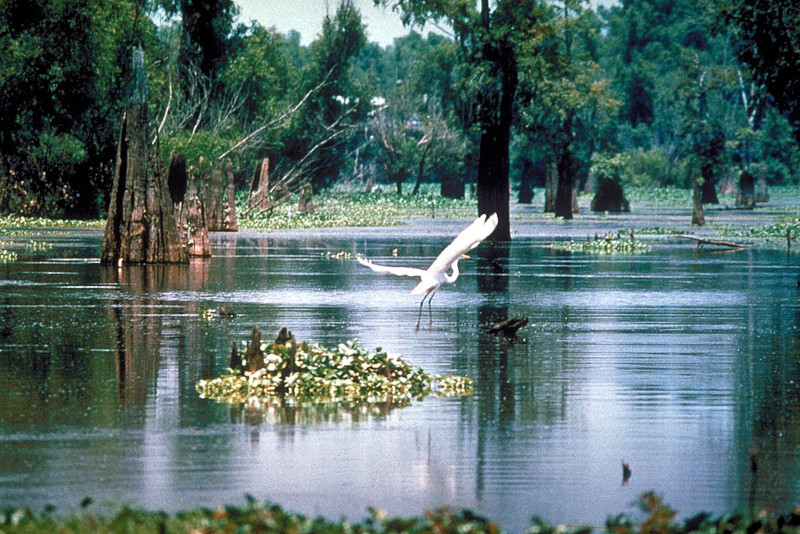
Atchafalaya Basin Facts
- This wonderland of unique and magnificent sights most frequently goes by the somewhat hard to pronounce name of the Atchafalaya Basin. Yet it also holds another, quite similar name. That’s because it’s also often referred to as the Atchafalya Swamp.
- Regardless of which term one chooses to employ, however, it remains a marvel of Nature. It also holds an important ecological importance. That’s due to the fact that it represents the most extensive natural formation of its kind in its part of the world.
- Local populations of Indigenous Peoples knew of its existence for centuries, of course. Members of the Chitimacha tribe formed the first known inhabitants of the region. Several of their most important villages, in fact, appeared in and around the feature.
- It remains unclear when the very first sighting of the natural marvel by European explorers occured, though. French explorer C. C. Robin made one of the earliest known written accounts of it, however. This he did while exploring the area in the year 1803.
- Although the Atchafalaya Basin does not currently appear on the list of UNESCO World Heritage Sites, it’s been proposed. It does, however, serve as the site of the Atchafalaya Wildlife Refuge. The government established this in 1984, to protect local species.
Related Articles
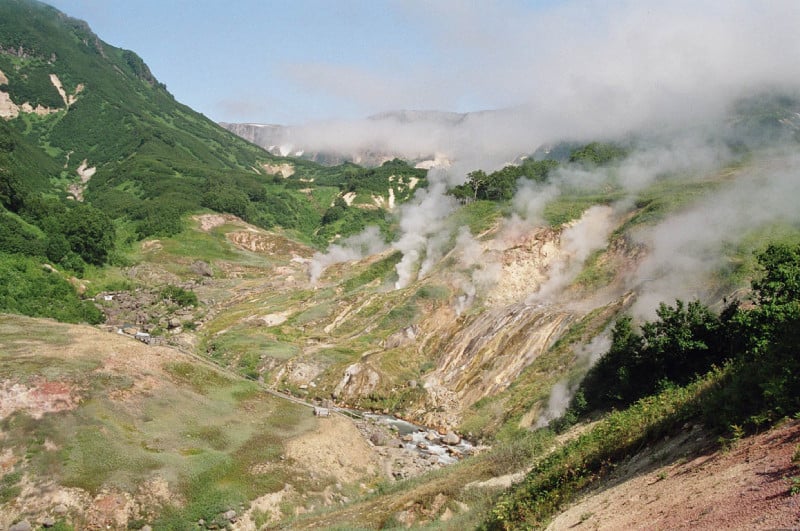
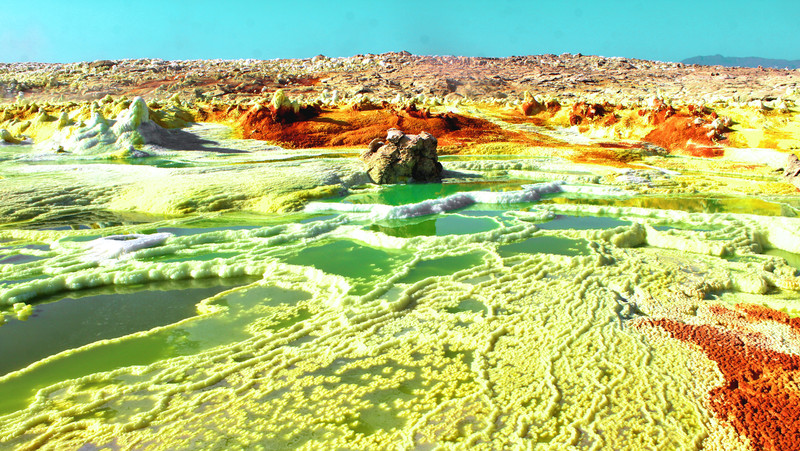
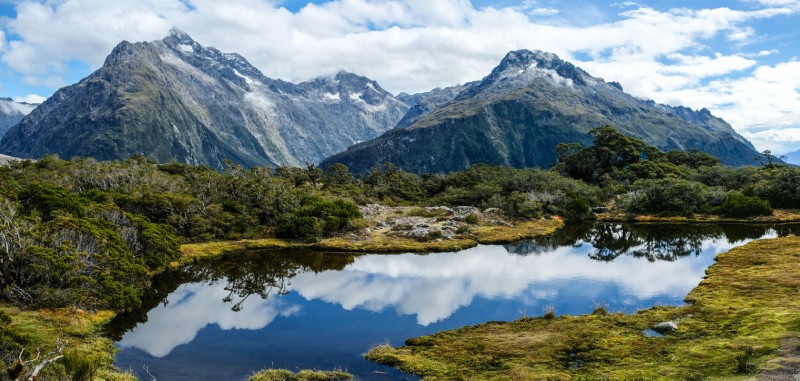
Atchafalaya Basin Physical Description
The awe-inspiring Atchafalaya Basin fully merits admiration and appreciation for multiple qualities. Though not the most important, its sheer size alone nevertheless boggles the mind. Here, Nature seems to have worked overtime to provide an example of its majesty.
Obviously, its dimenisons vary from location to location. Overall, though, it averages a width of approximately 20 mi (32 km). Being highly elongated in shape, it also boasts a length of roughly 150 mi (240 km). This gives it an area of 2,201 sq mi (5,700 sq km).
But the site also boasts numerous other attributes to garner appreciation. In this case, this includes the kind of amazing natural formations our images present. That includes an extraordinarily wide variety of ecosystems contained with the boundaries of one structure.
In general, the remarkable Atchafalaya Basin principally qualifes as a combination of swamps and wetlands. Yet this incredible natural structure also forms an enormous river delta system. This forms where the Atchafalaya River and the Gulf of Mexico meet.
At that location, though, its nature rapidly transforms into yet another type of intriguing ecosystem. Due to the merging of the running freshwater and the saltwater of the gulf, it forms its own unique system. It then qualifies as what’s known as a brackish estuary.
Atchafalaya Basin Location, Formation, and Ecology
The Atchafalaya Basin formed in a portion of the world already well known for its abundance of remarkable natural features. Indeed, this region abounds with such wonders. That’s due to the fact that it appears in a specific part of the continent of North America.
This wonder of geological processes formed in what now constitutes the United States. More specifically, the site lies in the state of Louisiana. Though not the only such formation in the area, it remains unique in very special way. It’s the only one that’s still growing!
The exact time frame during which the marvel formed remains undetermined. Science knows, though, that it started relatively recently, during the current Holocene epoch. That means that it likely began its formation sometime within the last 11,000 years or so.
Throughout this period, it’s further maintained a strong relationship with the Mississippi River. The Atchafalaya River also continues to provide it with fresh supplies of sediment. The ongoing growth continues at the mouth of the river and the Wax Lake outlet.
The Atchafalaya Basin contains a unique mixture of forest and water. Currently, various types of forest habitats cover roughly 70 % of its area. Sections of marsh and open water comprise the remainder. It now forms the largest section of floodplain forest in the country.
It’s best known for its cyprus-tupelo swamps. These cover an incredible 260,000 acres (110,000 ha). It’s also home to a wide variety of wildlife. This includes the Louisiana Black Bear, alligators, waterfowl, crayfish, and various migratory birds. Many rank as endangered.
Features Sharing Its Region
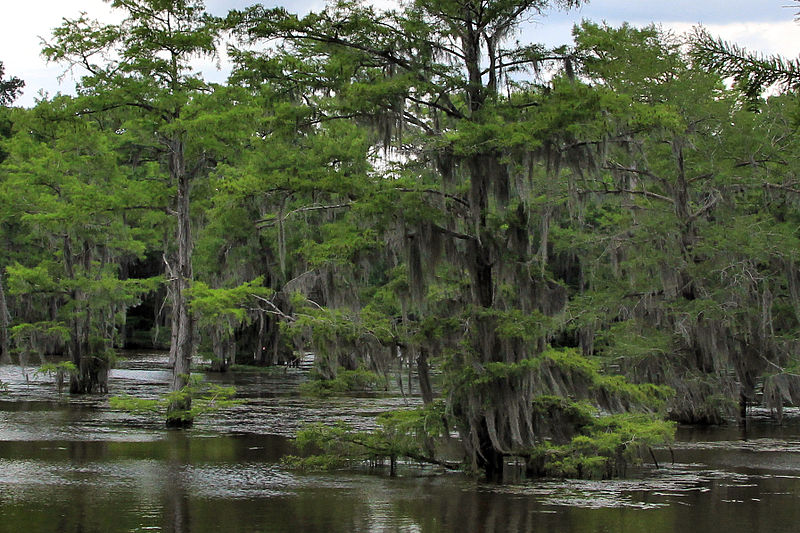
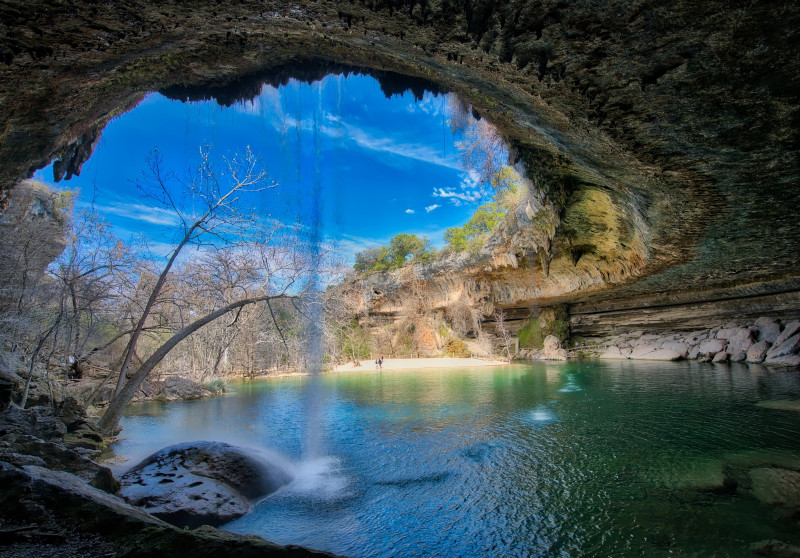
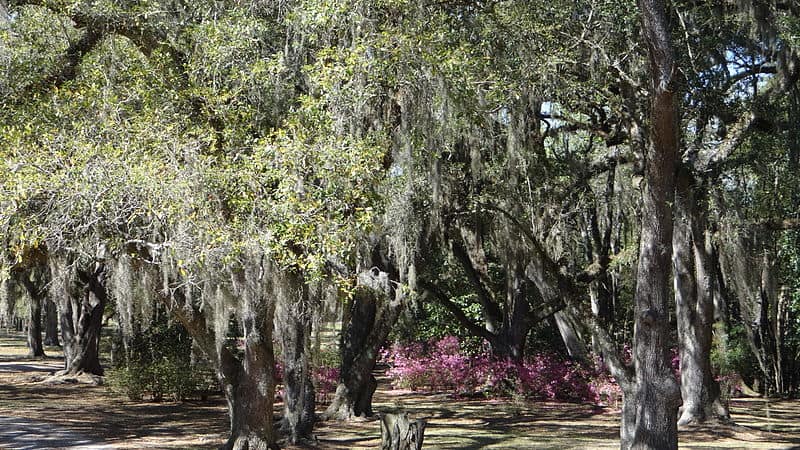
Check out our other articles on 3 Breathtaking Central American Birds, Baikal Seal, Uluru, Moon Orchid, New Guinea Crocodile, European Eel, Magnolia Green Jumper, Jamaican Iguana
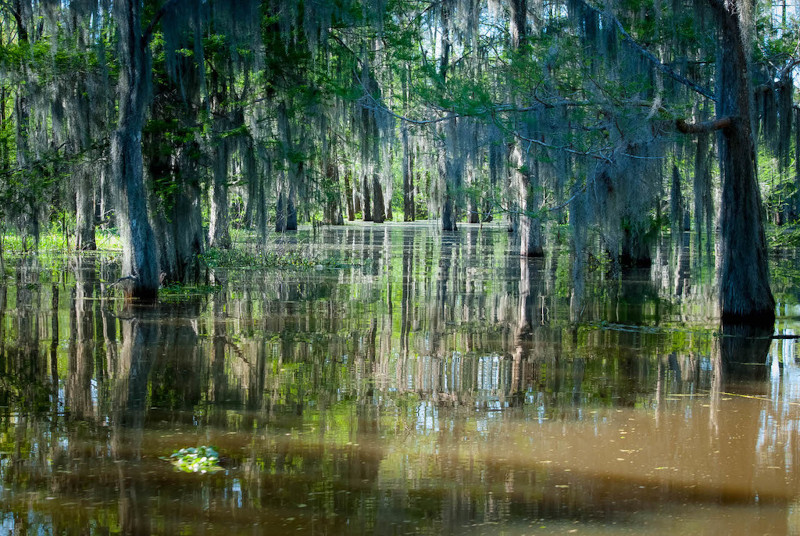
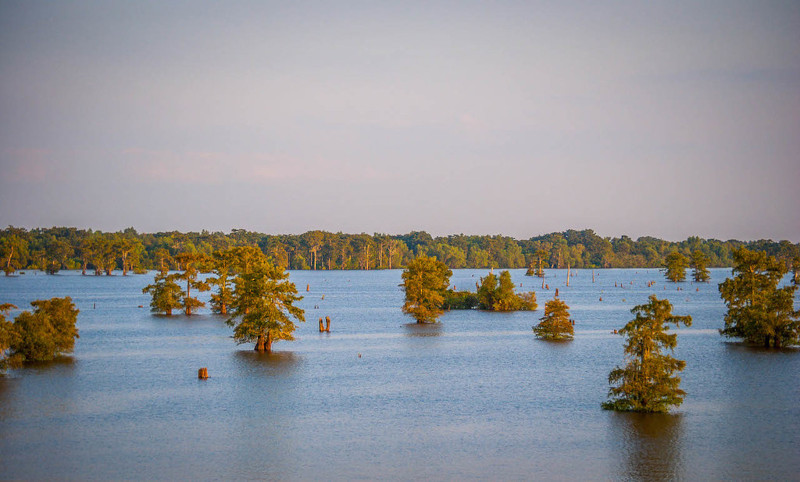









Leave a Reply